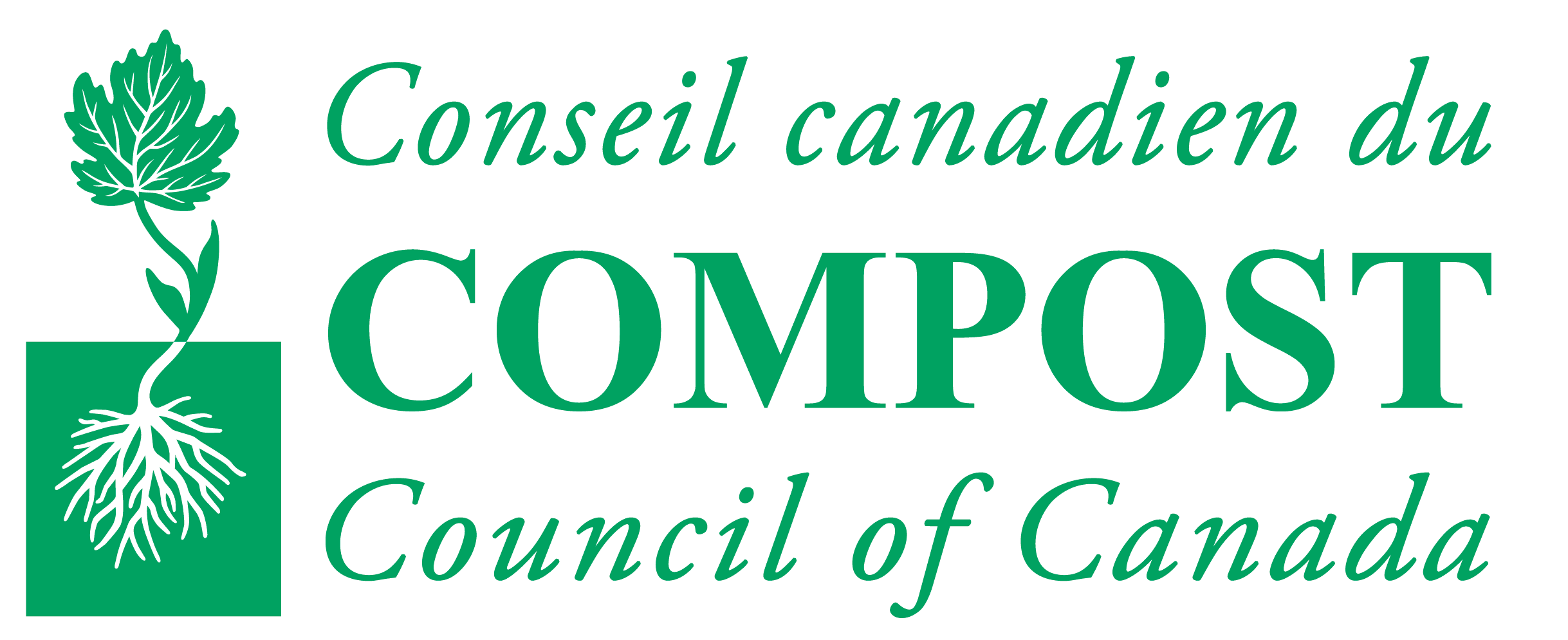The Secret to Successful Living – Healthy Soil!
We walk on it and eat from it … and basically take it for granted.
Soil
The stuff from which we draw our nourishment and create our surroundings. The foundation of our life on planet Earth.
Quality soil can happen naturally. But it’s based on one main equation: what you take out, you must put back in.
The ongoing addition of organic matter and compost provides soil with the texture, structure and nutrients needed to create a positive environment for plant growth. Compost feeds the soil, builds structure and helps provide nutrients for your plants.
Click here to change this text
What is Soil?
Soil is a combination of many materials including:
- particles of minerals and rock;
- decaying and decomposed (humus or compost) organic matter;
- living organisms including microscopic bacteria and fungi as well as larger creatures such as
earthworms; - air and water.
A good quality soil is a balanced combination of all of the above materials. The addition of compost to soil improves the balance and creates healthy productive soil.
The Texture of Soil
Soils contain a mixture of different sized particles of minerals and rocks.
The texture and physical properties of a soil are impacted by the size of the particles. Larger particles allow for larger spaces between each particles, resulting in a more porous soil. Smaller sized particles have smaller spaces between each particle making it harder for air to penetrate and water to drain away. These soils are said to be less porous.
Soil is described based on the most abundant sized particles present.
Sandy soil is composed of large particles which allow for lots of space between each particle. Water drains very quickly through sandy soils, often taking valuable nutrients with it.
Clay soil is composed of very small particles with very small spaces between each particle. Clay has the ability to hold water and nutrients but air cannot penetrate between these spaces, especially when they are filled with water. Poor drainage and aeration are characteristics of clay soils. Wet clay soil is difficult to work while dry clay is very hard.
Silt is composed of particles sized between those found in sand and clay. Silt particles are small enough that they can cause drainage problems. Wet silt is difficult to work. Unlike clay soil, silt tends to be dusty and powdery when dry.
Loam is the ideal blend of particle sizes. It is a balance of sand, clay and silt. Loam has the ability to hold water. Excess water, though, can drain away enabling air into the soil to provide the necessary oxygen to plant roots and the organisms found in the soil. It is easy to work, holds nutrients, has good aeration and good water-retention capacity.
The easiest way to improve soil’s texture is to add compost. Compost improves water and nutrient retention in sandy soils while it improves drainage and aeration in clay soils and silt.
The Structure of Soil
A soil’s structure reflects how its particles hold together. Soil structure is described by words such as crumbly, clumpy and loose.
Good soil structure means that the soil has a loose, crumbly appearance. The spaces between the clumps allow water to be absorbed into the soil and any excess to drain away. Water and nutrients are retained and there is good aeration. Roots and soil organisms are able to move through the soil easily, improving aeration and allowing roots access to nutrients
The Living Organisms in the Soil
A healthy soil is alive, teeming with microorganisms such as bacteria, fungi and yeast as well as larger creatures like earthworms. They depend on the availability of air, water and nutrients in the soil to live.
In return, they are the ultimate recyclers – breaking down organic matter to release nutrients for root development and plant growth. They also mix up the soil to improve aeration, texture and structure.
Feeding the Soil (and Plants)
A fertile soil is comprised of both macro- and micronutrients. Plants require both to thrive.
The macronutrients include nitrogen (N), phosphorous (P), potassium (K), calcium (Ca), magnesium (Mg) and sulfur (S). They provide the main nutrients for plants. The first three – N, P, K – are used in the largest amounts by plants, each providing specific benefits including leaf and stem growth (N), root growth (P and K), flower and fruit development (P) and overall vitality (K).
Plants need micronutrients, also called trace elements, such as iron (Fe), manganese (Mn), copper (Cu) and zinc (Zn). Their presence in very small quantities is essential for plant life. The balance and level of these micronutrients is critical as excesses are harmful to plants. Compost provides an available, balanced supply of these micronutrients.
The Essential Ingredient to Healthy Soil – Compost
Organic matter is the soil’s conditioner and food supply. Compost or humus is decomposed organic matter. Vegetable and fruit peelings, lawn and garden trimmings, manures, wood and soiled paper are all examples of raw materials which can be composted.
Finished compost can be applied to the soil in many different ways such as a soil amendment (turn it into the soil) or as a topdressing or mulch (spread compost on top of the soil and it will “disappear” over time). One inch or about 2 centimetres of finished compost is a good amount to include in your Spring and Fall gardening routine.
Written by
Susan Antler, Executive Director
Compost Council of Canada
For more information, please e-mail us at info@compost.org or call us at 1-877-571-GROW(4769).
The Compost Council of Canada is the national non-profit, member-driven organization dedicated to advocating and advancing organics residuals recycling and compost use. The Council serves as the central resource and network for the compost and organics recycling industry in Canada and, through its members, contributes to the environmental sustainability of the communities in which they operate.
